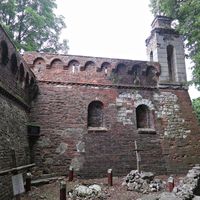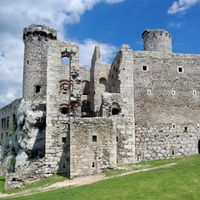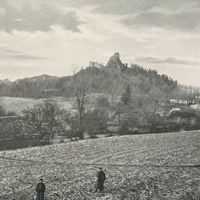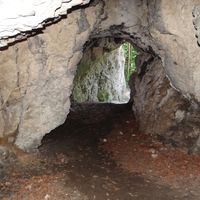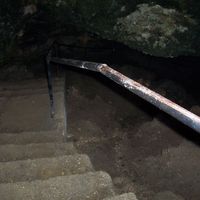Zawiercie County
6.88
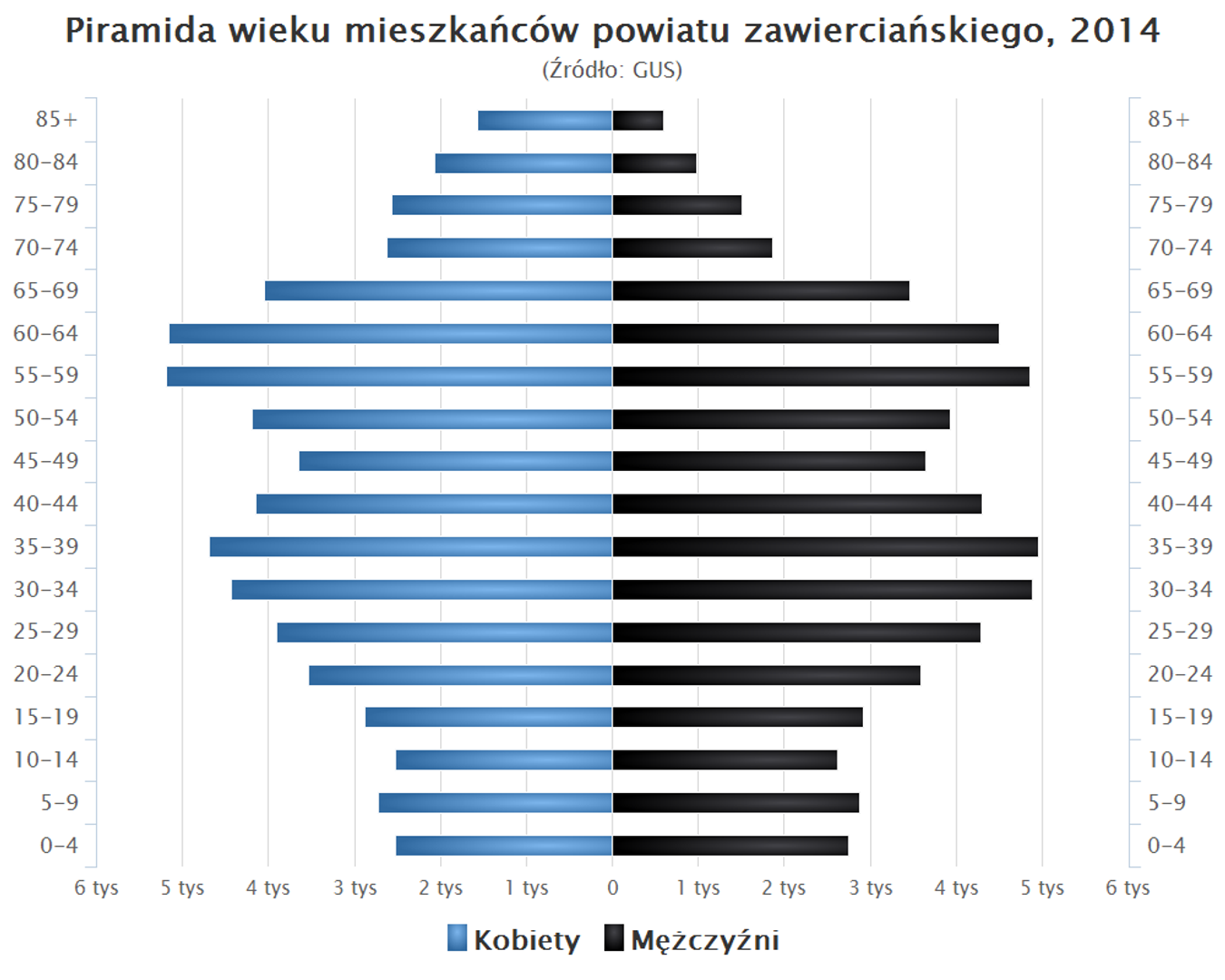
Overview
Zawiercie County, established on January 1, 1927, was formed from parts of Będzin County and municipalities in the Kielce Voivodeship. Its territory underwent numerous administrative changes, including during World War II, when part of the county was incorporated into the Third Reich, while the municipalities of Niegowa and Żarki became part of the General Government. After the war, the county was transferred from the Kielce Voivodeship to the Silesian Voivodeship and, over the years, was merged with various municipalities, gaining new areas such as the municipalities of Kroczyce and Dębowiec. In 1956, a significant portion of its territory, including towns such as Myszków, Koziegłowy, and Żarki, was separated from the county to form the new Myszków County, which significantly altered the demographic and administrative structures. Following the administrative reform introduced in 1999, Zawiercie County became a local government unit within the Silesian Voivodeship. Today, the county includes the cities of Zawiercie and Poręba, as well as the municipalities of Łazy, Szczekociny, Pilica, Ogrodzieniec, and rural municipalities. Currently, the county is home to approximately 117,000 residents. From an architectural perspective, the region is characterized by traditional buildings, a result of its long history, which also includes industrial periods related to coal and iron. Culturally, Zawiercie County is a place where local traditions are preserved, and various social and cultural events are organized to bring the community together. Interestingly, despite numerous administrative changes, the area maintains a strong local identity, as seen in the activities of the County Council and social initiatives, often influenced by local electoral committees such as Civic Platform and Law and Justice, which have played a role in the development of local self-government in the region.
Location
Country
You can also find here:
2025 Wizytor | All Rights Reserved
